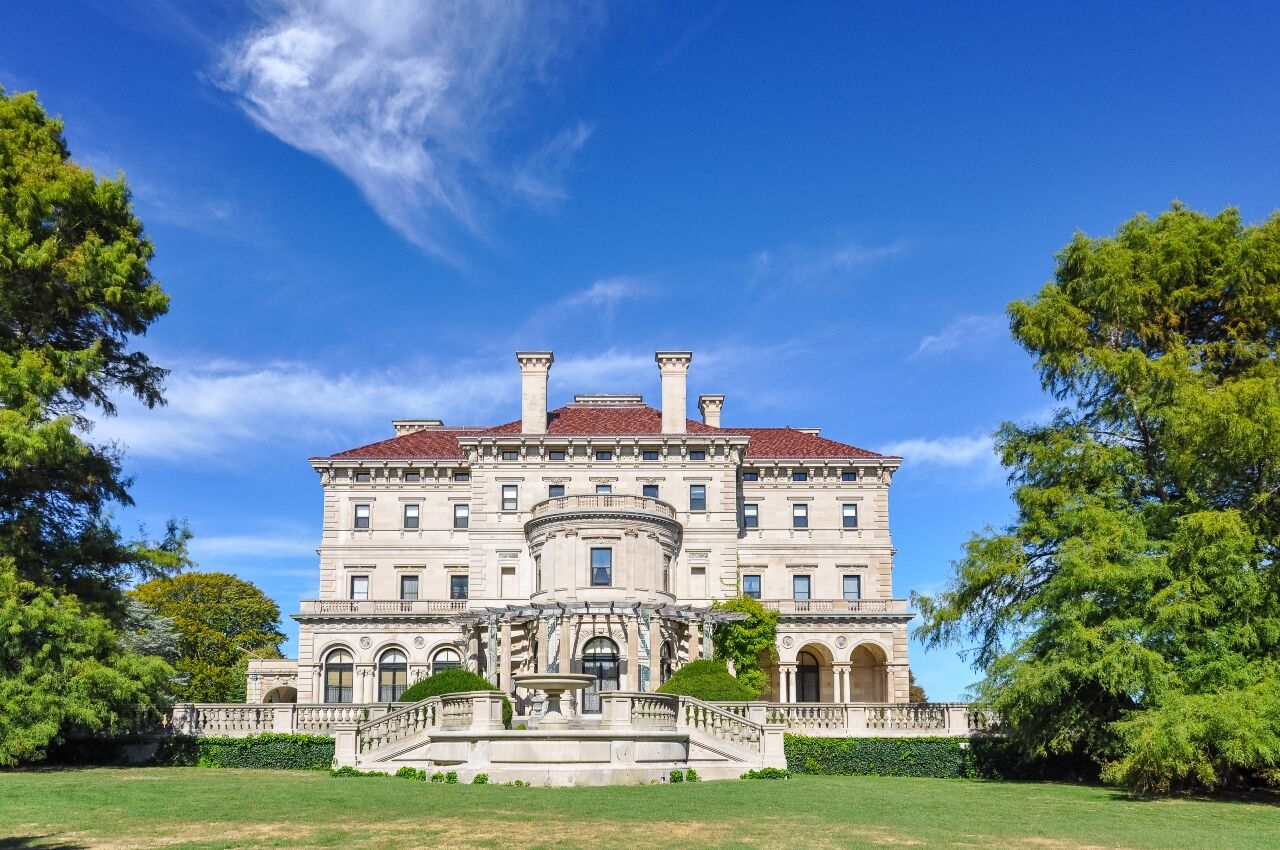Edith Wharton, eat your heart out: The Gilded Age, HBO’s latest iteration of ‘sassy shows about uber-rich White people,’ takes a semi-historical look at New York City life in 1882.
It’s a high-snobriety showdown between old money and new. On one side of the ring — or in this case, 61st Street — we have Agnes Van Rhijn (Christine Baranski), a widowed elitist who prefers her social hierarchy with a side of pre-Revolutionary War DNA. On the other, we have George and Bertha Russell (Morgan Spector and Carrie Coon) — a nouveau riche railroad tycoon and his social-climber wife, who use money to get cozy with the city’s upper crust. It’s tons of table settings, tea, and melodramatic dialogue delivered by an absurd number of Tony Award-winning actresses.



